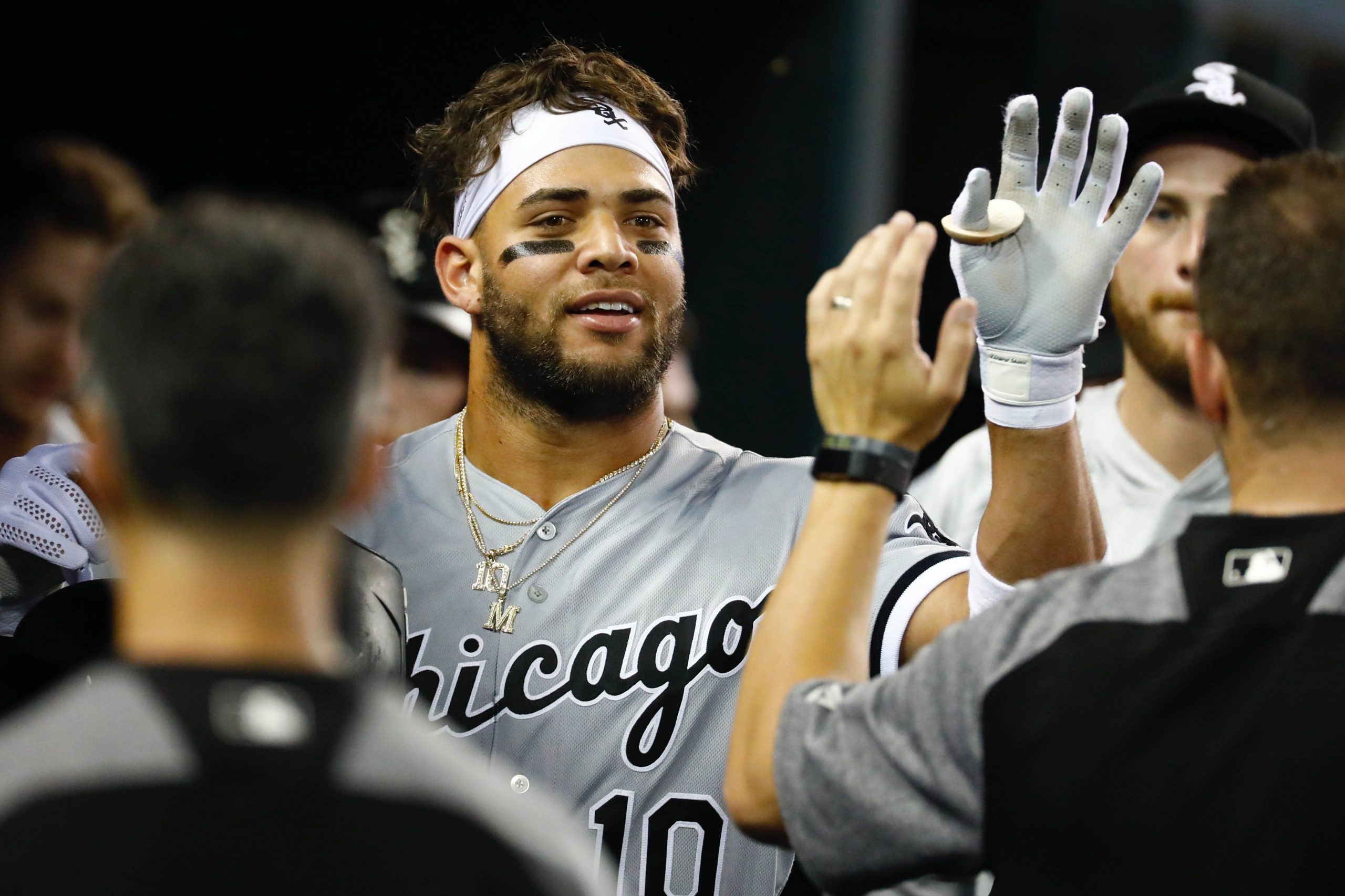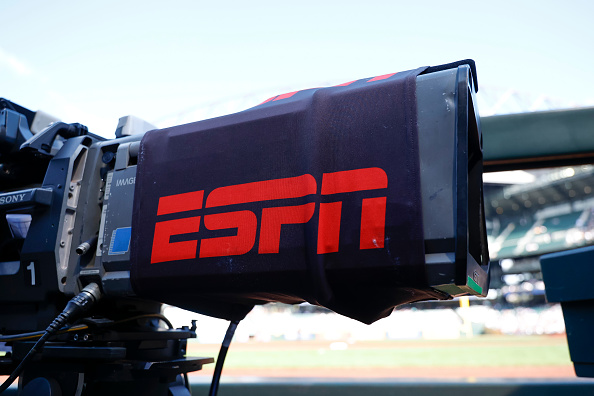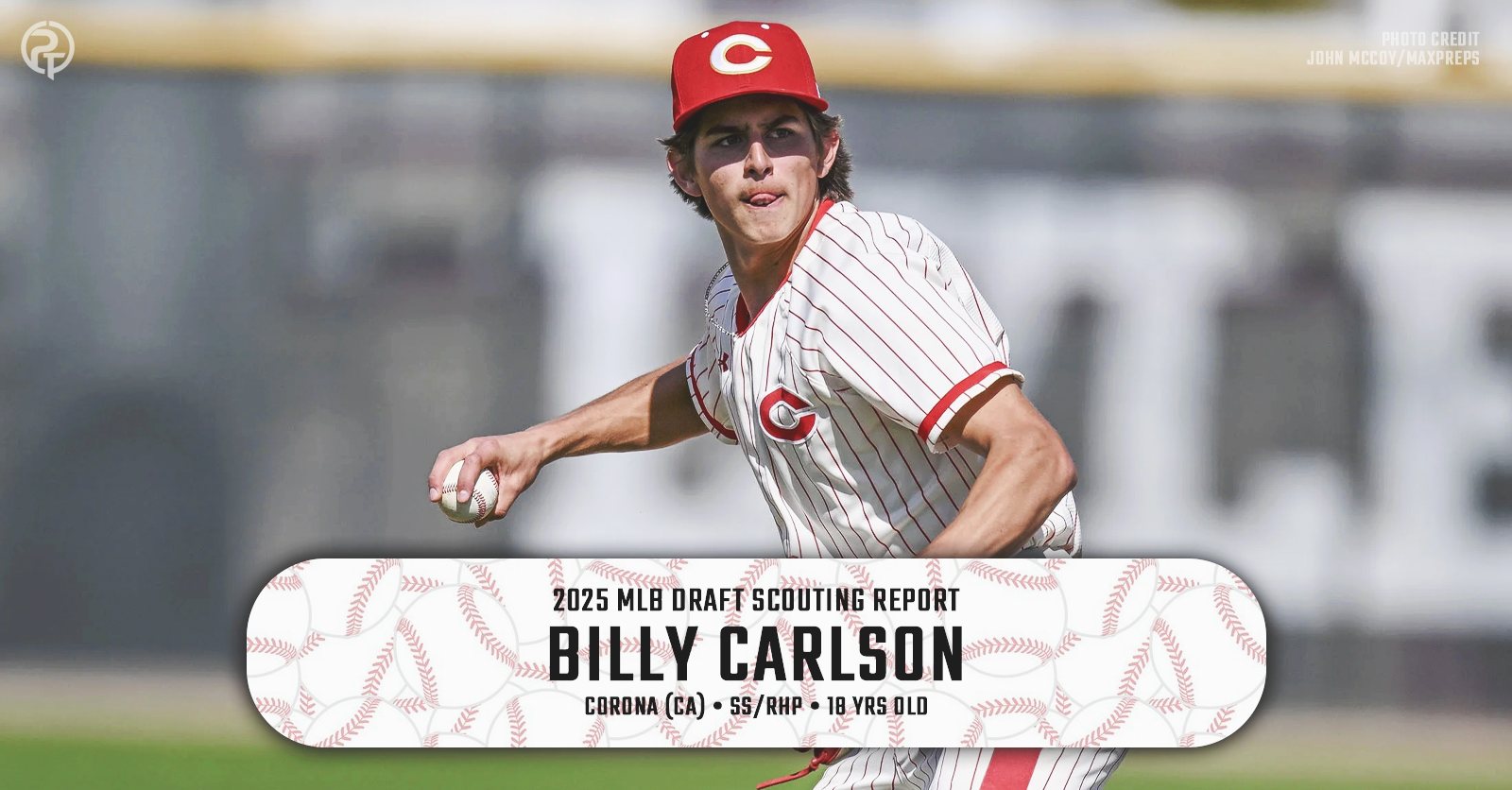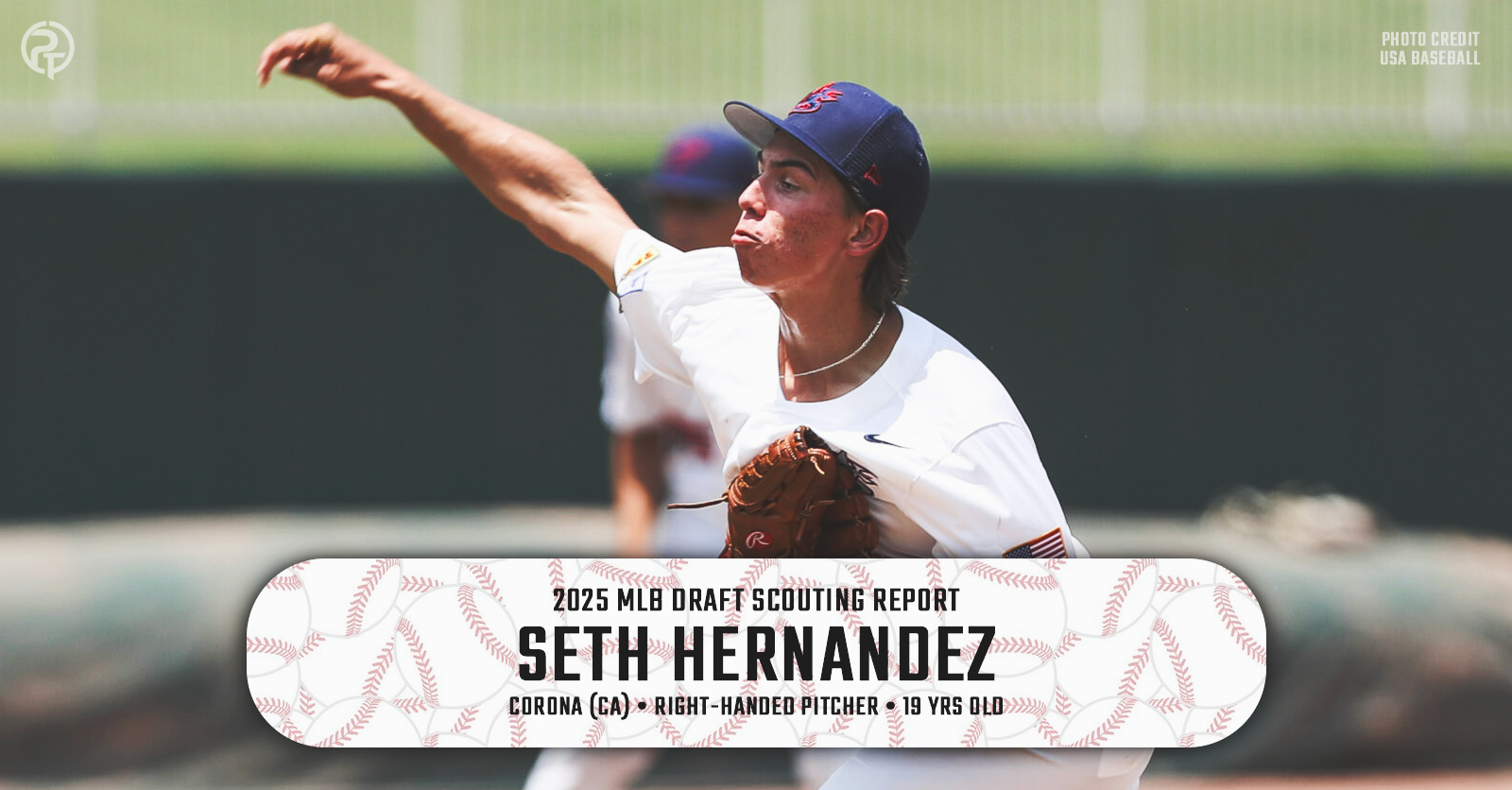Three seasons, a World Series title, and a contract extension later, it seems like a good time to revisit the trade that brought Chris Sale to Boston.
However, it has less to do with the return Boston got versus what they gave the Chicago White Sox.
Headlining the package that went to Chicago’s Southside was the highly touted prospect who, at the time, was the No. 1 prospect in baseball. That player was Cuban infielder Yoán Moncada, who just recently signed a five-year extension worth $70 million to stay in Chicago through the 2025 season.
It was a topic of heavy debate because, unlike now, Boston had a surplus of top prospects –– including three in the top 15. Rafael Devers’ name wasn’t in these rumors, but No. 3 prospect Andrew Benintendi certainly was.
However, Boston opted to trade Moncada, keeping Benintendi as part of the team’s immediate and future core. A decision that has now resurfaced as a topic of “hindsight is 2020,” thanks in large part to their respective 2019 campaigns.
Last season, Andrew Benintendi slashed .266/.343/.431 with a wRC+ of 100 (league average); whereas Moncada slashed .315/.367/.548 with a wRC+ of 141.
It’s very easy to play “hindsight is 20/20” when somebody you traded breaks out before the player you kept. However, three years post-Sale trade, the Red Sox were still of the wiser to keep Andrew Benintendi.
If you can’t remember the 2016 season, let me jog your memory.
The Boston Red Sox were the top-rated offense in the league but had run into a bit of inconsistency in left field. Over the first four months of the season, Boston had already used Brock Holt, Rusney Castillo, Chris Young, Blake Swihart, Ryan LaMarre, and Bryce Brentz. Injuries, regression, and other things of the like made the Red Sox desperate, so then President of Baseball Operations Dave Dombrowski opted for the 22-year-old out of Arkansas.
Needless to say, Benintendi shined, slashing .295/.359/.476 with a wRC+ of 121. He even made the postseason roster, where he posted an OPS of 1.111 in the ALDS against Cleveland.
On the flip side, Travis Shaw was in the midst of a major slump and Aaron Hill was leaving a lot to be desired as the right-handed platoon. So the Red Sox called up the switch-hitting Moncada for a cup of coffee.
However, even though his sample size was just 20 plate appearances, Moncada struck out 12 times and had a wRC+ of just 32 (68 percent below league average).
For that, it poses the question: were the Red Sox victims of extreme recency bias when they opted for Benintendi over Moncada?
It’s easy to say yes right away. But if you did, you’d be falling victim to the same line of thinking you’re accusing Dave Dombrowski of, which is extreme recency bias. It’s best to look at the big picture when it comes to this trade.
Had Benintendi been the player dealt for Chris Sale, that hole that was created in left field in 2016 would reappear in 2017. Chris Young was already signed through that season, but he had proven to not be an everyday player anymore. So they’d likely have to look to free agency to resolve that issue, in a market that wasn’t very pretty, to begin with.
Headlining the market for left fielders was Yoenis Cespedes, who Boston had traded for Rick Porcello back in the 2014-15 offseason. He ended up signing a long-term deal to stay with the Mets anyway, despite having offers elsewhere.
Nos. 2 and 3 on the list were Matt Joyce and Colby Rasmus. While both are decent players, neither are true everyday players. Perhaps it could’ve worked with Chris Young platooning versus left-handed pitching, but long-term stability was a major red flag.
Meanwhile, after trading Travis Shaw to Milwaukee, the Red Sox still had Pablo Sandoval on the 40-man roster. When he was released in July, the team eventually traded for Eduardo Nuñez and called up Rafael Devers. The latter of the two is important here.
Devers performed admirably in 2017, struggled in 2018, and then blossomed into a superstar in 2019. Had the team not traded Moncada, there’s a decent chance that Devers found himself in a separate deal to solidify that corner outfield position. Perhaps for Giancarlo Stanton, who was traded during the 2017-18 offseason.
But then that means no J.D. Martinez, which likely leads to a World Series title-less 2018 season.
Moncada could’ve replaced Pedroia, and Devers could still have come up to play third base.
While true, the Red Sox weren’t aware of just how bad the Pedroia situation was at the time. Nobody looked at him when Sale was acquired and said: “Manny Machado is going to slide late and take out Pedroia’s knee, crippling him for the rest of his career.”
At the time of the Sale trade, Pedroia was still a part of the immediate future plans for the organization. And why wouldn’t he be? His contract is ongoing through the 2021 season.
If you look back at the Chris Sale trade, it brought the Red Sox a World Series title. A title in which Benintendi played a pivotal role on both sides of the ball. Replace Benintendi with Moncada (.235/.315/.400 with a .311 wOBA and a wRC+ of 97) and ask: Are the Red Sox still World Series Champions in 2018?
I don’t think so.
It’s easy to say the Red Sox messed up by trading Moncada over Benintendi after their respective 2019 campaigns. But you need to look at the big picture. While the White Sox may have won the trade, so did the Red Sox. It brought them an ace –– which they needed –– and a World Series title, while the White Sox got a star to shape their rebuild around.
It’s a win-win for both parties, and there’s nothing more to it.








One Response
A good presentation of the facts. Looking back at big trades like this often takes years before you can really say whether it was good or not. I believe anytime the player you get helps you win a title, it was a good trade. Winning multiple titles would make it a great trade for Boston.